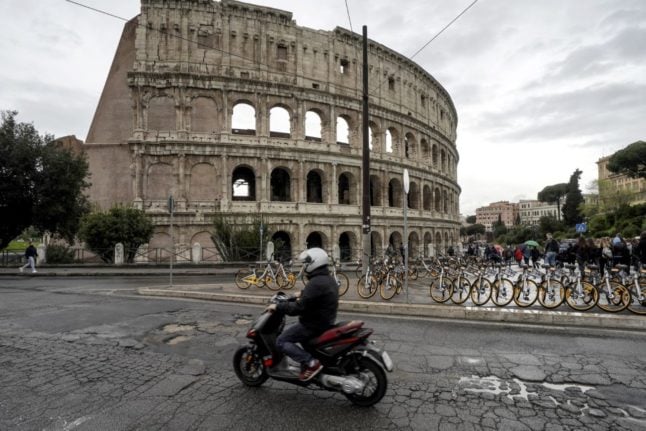What is PEC?
PEC (pronounced “peck”) stands for Posta Elettronica Certificata, or Electronic Certified Mail.
It’s essentially an email account that gives you proof that your message was delivered.
Messages sent between PEC accounts are certified with a date and time stamp to show when you sent them and when they were received, with a record of receipt automatically emailed to you as an attachment. In Italy – though not outside of it – they have the same legal value as a physical lettera raccomandata (registered letter).
As of mid-2022, according to the Italian government’s statistics, there were around 14.4 million PEC addresses and over 430 million messages exchanged by PEC.
Who needs a PEC?
Anyone over 18 who lives in Italy can get a PEC, as well as Italian nationals who live abroad.
For some people it’s compulsory. As of October 2020 all businesses registered in Italy are legally required to have a PEC account, including self-employed professionals and ditte individuali (sole proprietorships) – basically anyone with a partita IVA, or VAT number.
Even if that’s not you, you can choose to get a PEC in order to get more Italian admin done online. If you need to send important documents or an official request, for instance to change your registered address or register a contract, you can do it via PEC from home without having to print forms or go to the post office.
In some cases, a PEC may be the only way to send something online. For instance, if you’re writing to a PEC address, messages from a regular email account usually won’t get through. (You may be able to configure your PEC to receive messages from ordinary email accounts, and you can always write from a PEC address to a regular one, but in either case the messages won’t be certified.)
That’s a hurdle UK nationals in Italy have run into when trying to make appointments with the police office, or questura, to apply for a post-Brexit residence card, or carta di soggiorno. Booking involves emailing the questura‘s PEC address, which has to be done from another PEC account.
READ ALSO: Permesso di soggiorno: A complete guide to getting Italy’s residency permit
If you only need to use PEC occasionally and don’t think it’s worth opening your own account, ask someone else with a PEC – e.g. your employer, accountant or lawyer – to send the message on your behalf: it doesn’t necessarily have to come from an account in your own name.
It’s important to remember that when you send a PEC message, you should get an auto-reply confirming receipt. If you don’t, it might mean your email hasn’t gone through, and could land you in hot water – as our reporter found out the hard way.
How do you get a PEC?
PEC accounts are managed by government-approved private providers, with the Poste Italiane, Aruba and InfoCert (Legalmail) among the most used.
Find a full list of authorised PEC providers here. You can find the details of their services, as well as how to apply, on each company’s website.
The exact procedure for opening an account varies depending on which company you choose, but most providers allow you to do it entirely online. It usually involves entering your personal information (including your codice fiscale, or tax number), choosing a username and password, signing a contract, and showing a copy of your official ID.
READ ALSO: Disappearing PECs: How lost emails can land you with big fines in Italy
In most cases you’ll also have to pay for a PEC account, with fees usually charged on an annual basis.
How much does a PEC cost?
It varies by company and what level of service you choose: Aruba‘s basic package starts at €5 plus VAT per year, rising to €40 plus VAT for a “premium” option with more storage and an option to get notifications via SMS.
The Poste Italiane charges €5.50 for one year, €9 for two years and €10.50 for three years (not including VAT), with the option to add storage for an extra fee.
It’s worth shopping around to find the deal that suits you best, especially as providers regularly run promotions offering discounts or free trials.
You might also find that a PEC comes included for free with certain bank accounts, particularly business ones.



 Please whitelist us to continue reading.
Please whitelist us to continue reading.
Member comments